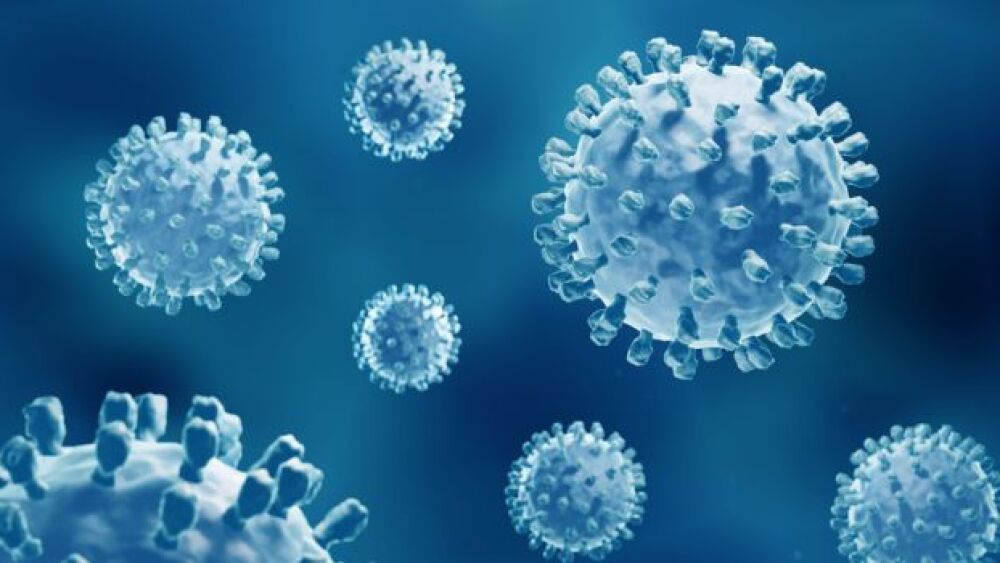There sits in most mammalian cells what amounts to a lock-box of DNA tucked away from the bulk of genetic material. While scientists routinely cut and paste snippets of life’s blueprint to learn more about life and to treat disease, crucial DNA within cellular structures known as mitochondria has remained off-limits.That’s beginning to change, though, thanks in part to work described in the Feb. 10 issue of the Proceedings of the National Academy of Sciences by a team from the University of Rochester Medical Center and the University of Melbourne in Australia. Scientists created a new kind of mouse by replacing the genetic material in the mitochondria of one species with that from another in a gene-swapping exercise necessary if doctors are to understand several currently untreatable human diseases.




